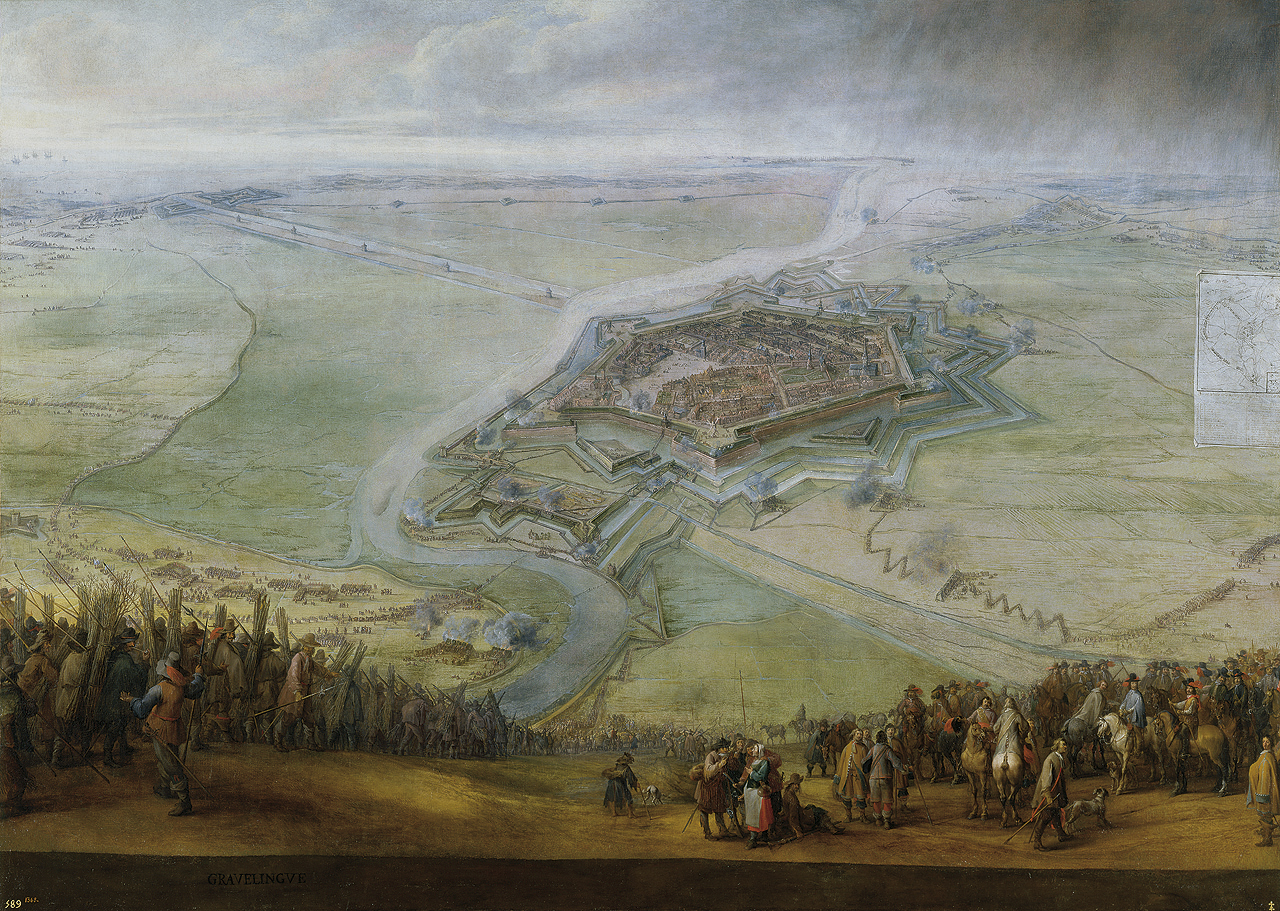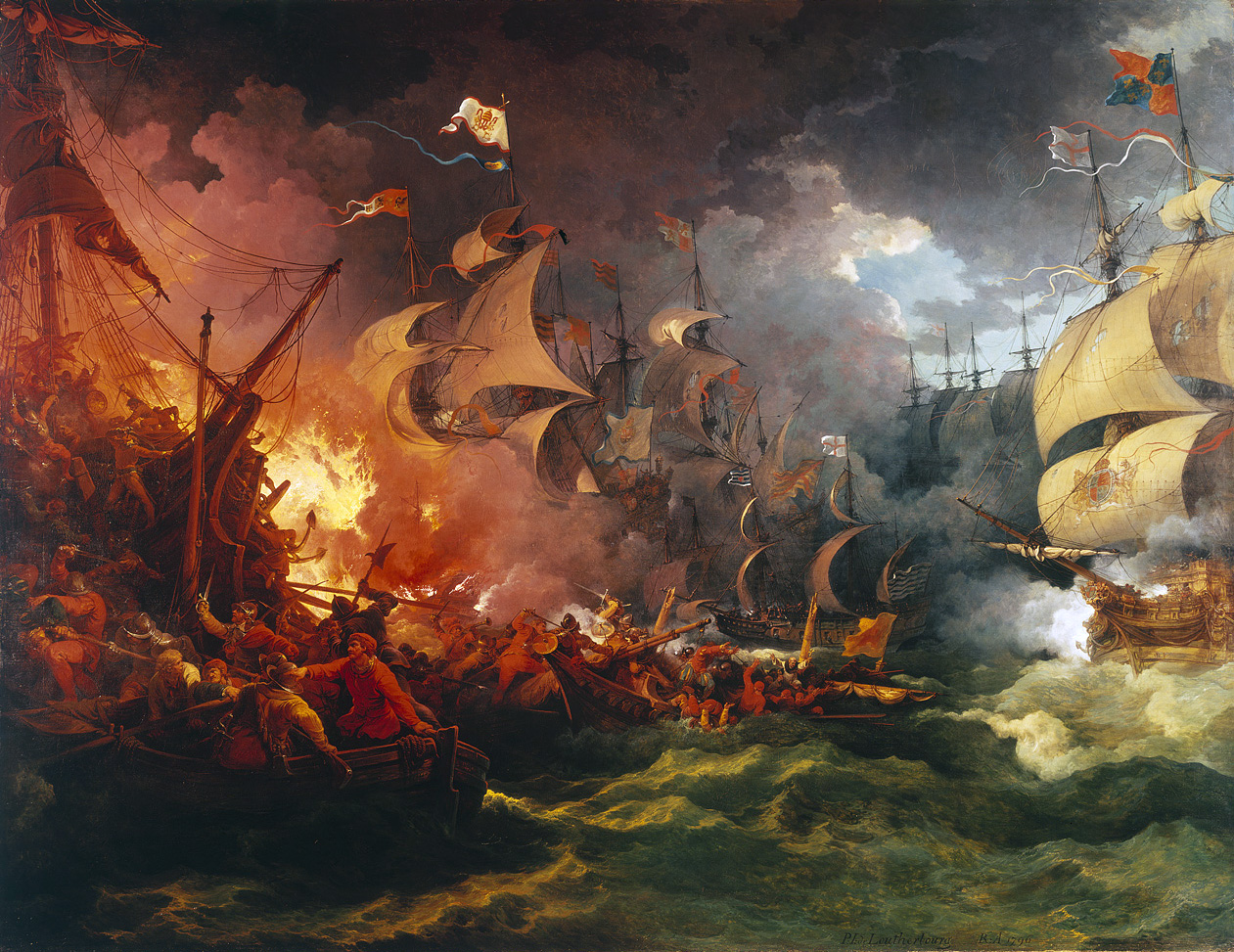Hi class!
I didn’t want to start with the legendary
sentence, but I don’t have any other choice:
Today, in the class of Social Sciences we have
done several things.
First, we have started reviewing the last part
of the scheme about Philip II. His objectives were to defence the Catholicism and
to preserve his Empire.
We have emphasized the revolt of the Low Countries:
they revolted because the tax increased, the Protestants were persecuted and
because Philip sent there the Duke of Alba to resolved it. The leader of the
revolt was William of Orange. This revolt started in 1568 and finished with the
independence of Holland in 1648. Philip II gave the Low Countries to his
daughter Isabel Clara Eugenia, but she didn’t have children, so the Low
Countries came back to the Hispanic Monarchy in 1621.
 |
| DUKE OF ALBA Source: http://upload.wikimedia.org/wikipedia/commons/f/f4/Tizian_060.jpg |
 |
| WILLIAM OF ORANGE Source: http://i.telegraph.co.uk/multimedia/archive/00659/news-graphics-2008-_659649a.jpg |
 |
| ISABEL CLARA EUGENIA Source: http://www.reprodart.com/kunst/alonso_sanchez_coello/infanta_isabel_clara_eugenia_hi.jpg |
Also, we have explained the war against France:
the French were defeated in the Battle of Saint Quentin (1557), but Philip continued
interfering France: he took part in the war of religion, supporting Catholics
and against the Huguenots (Calvinists).
 |
| BATTLE OF SAINT QUENTIN Source: http://upload.wikimedia.org/wikipedia/commons/4/4a/Pieter_Snayers_Siege_of_Gravelines.jpg |
Santiago has checked the confrontation of
Ottoman Turks: they threatened the Mediterranean and a Catholic coalition, led
by the Hispanic Monarchy was organized to confront them: The Holy League. It
defeated the Ottoman Turks in the Battle of Lepanto. (1571).
 |
| BATTLE OF LEPANTO Source: http://www.revistanaval.com/www-alojados/armada/batallas/Lepanto5.jpg |
María Alcañiz has read the conflict with
England: Elizabeth I supported the Protestants and their corsairs attacked the
Hispanic fleets that came from the Indies. Paqui has explained us that corsairs
or privateers used a Letter of marque (Carte Blanche) which permitted to attack
this fleets. Philip II decided to invade England with the Invincible Armada,
but the big navy sunk in 1588 before reaching the English coasts by a torment.
 |
| INVINCIBLE ARMADA Source: http://upload.wikimedia.org/wikipedia/commons/c/cc/Spanish_Armada.jpg |
 |
| ELIZABETH I Source: http://blogs.ua.es/elizabeth/files/2011/03/Elizabeth-I-von-England.jpg |
Then, we have corrected the exercises. Paqui
has corrected the exercise 13 and she explained us that the consequences of many
wars were the bankruptcy in several times.
Marina has corrected the last one about the
Price Revolution: it was a huge inflation provoked by the arrival of big
amounts of precious metal from the Indies. Prices increased a lot, because there
was not enough production to satisfy the demand. Many products were imported
from Europe and the wealth of the Indies wasn’t used to develop a productive
economy.
With this exercise, Paqui has explained us the
partial acquitance and she has told us the example of Greece. This happen when you
are a creditor and you can’t pay all the debt you have, but you only pay a part.
There is a saying for this: “a bird in the hands is better than two in the bush”.
Finally, Paqui has written on the blackboard a
scheme about the conquest, colonization and administration of the Indies that
we have to complete at home. We have copied on our notebooks the first part:
the conquest was quick due to the European military superiority and ambitions
and impact of European diseases over the indigenous people. There were three
stages:
-
Conquest
of the Antilles.
-
Conquest
of the Aztec Empire by Hernán Cortes.
-
Conquest
of the Inca Empire by Pizarro and Almagro.
At the beginning of the journal you have the Power Point presentation to complete the scheme.
Now, I’m going to write the new words we have
learnt:
-
To
threaten: amenazar.
-
Threat:
amenaza.
-
Fleet:
flota.
-
Success:
éxito.
-
Event:
suceso, acontecimiento.
-
Corsair/privateer:
corsario.
-
Letter
of marque/Carte Blanche: patente de corso.
-
Failure:
fracaso.
-
To
swe: deber.
-
Default:
quiebra, suspension de pagar.
-
Partial
acquitance: quita de deuda.
-
Creditor:
acreedor.
- A
bird in the hands is better than two in the bush: más vale pájaro en mano que
ciento volando.
-
Bush:
arbusto.
-
Saying:
dicho, refrán.
Have a nice day, although it’s raining, and see
you!
6 comments:
Wow Dani, it's a good journal; with a lot of drawings, words of the glossary... And also I like the power point presentation at the beggining of the journal, have you done it?
Other thing that I haven't seen any mistake.
Congratulations!
Thanks a lot Guille. The Power Point presentation is made by Paqui. I couldn't do it!
Daaani! A veery good journal, I haven't see any mistake and I think that you have include all that we have learned today in class, so perfect! See you!
COngratulations Dani! I haven't seen any mistake and the journal is perfect, you have explained all the class of today, but you can put that Siria has done the besugo!!! jajajjaj ;) Bye!
Hello Daniel:
Wonderful journal.
Just a(double) comment on grammar:
- because Philip sent there the Duke of Alba TO SOLVE it.
- At the beginning of the journal you have the Power Point presentation TO COMPLETE (SAME MISTAKE) the scheme.
I've just corrected the mistakes, Cristina.
Post a Comment